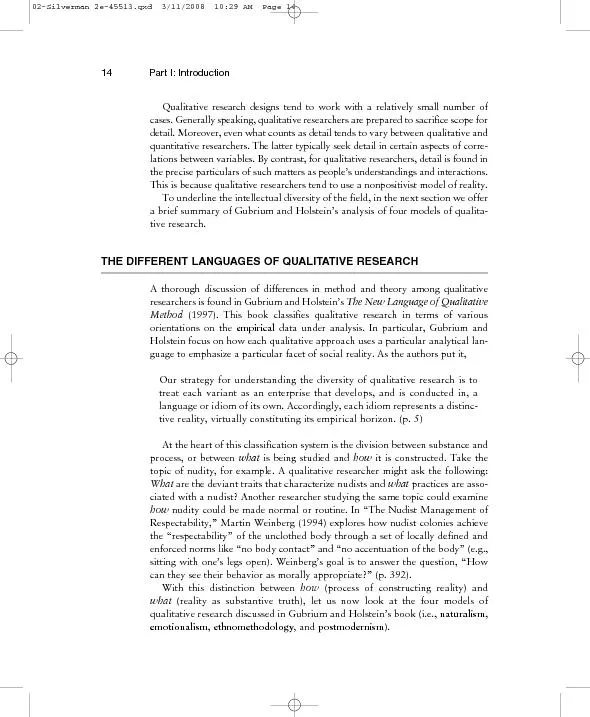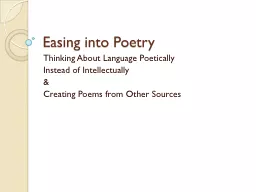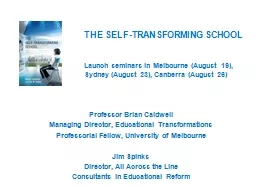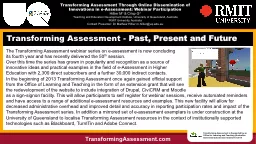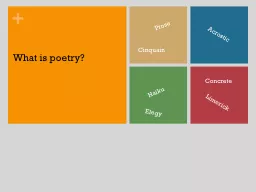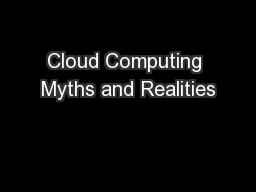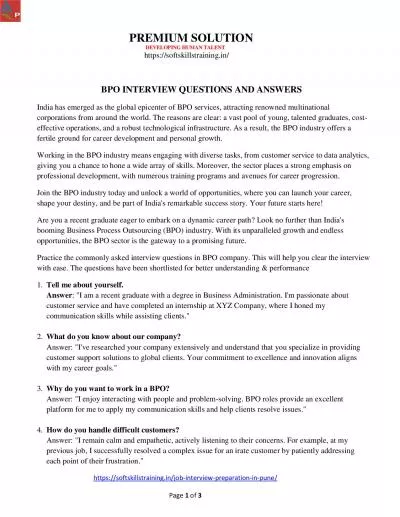PDF-For Richardson, transforming interview data into poetry enables the re
Author : calandra-battersby | Published Date : 2016-03-20
Part IIntroduction 02Silverman 2e45513qxd 3112008 1029 AM Page 16 certain representations of reality as being
Presentation Embed Code
Download Presentation
Download Presentation The PPT/PDF document "For Richardson, transforming interview d..." is the property of its rightful owner. Permission is granted to download and print the materials on this website for personal, non-commercial use only, and to display it on your personal computer provided you do not modify the materials and that you retain all copyright notices contained in the materials. By downloading content from our website, you accept the terms of this agreement.
For Richardson, transforming interview data into poetry enables the re: Transcript
Download Rules Of Document
"For Richardson, transforming interview data into poetry enables the re"The content belongs to its owner. You may download and print it for personal use, without modification, and keep all copyright notices. By downloading, you agree to these terms.
Related Documents

